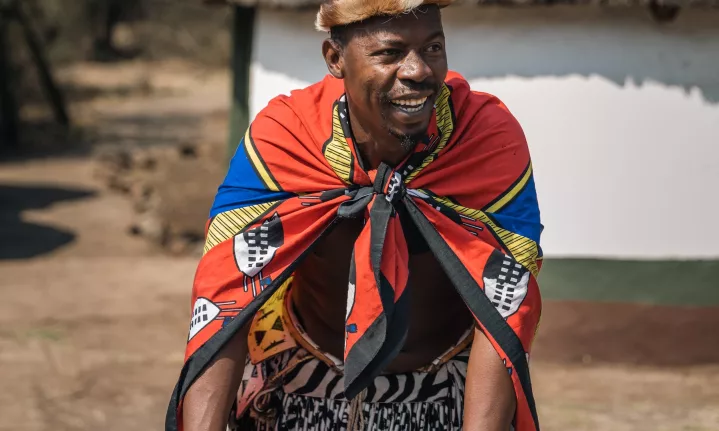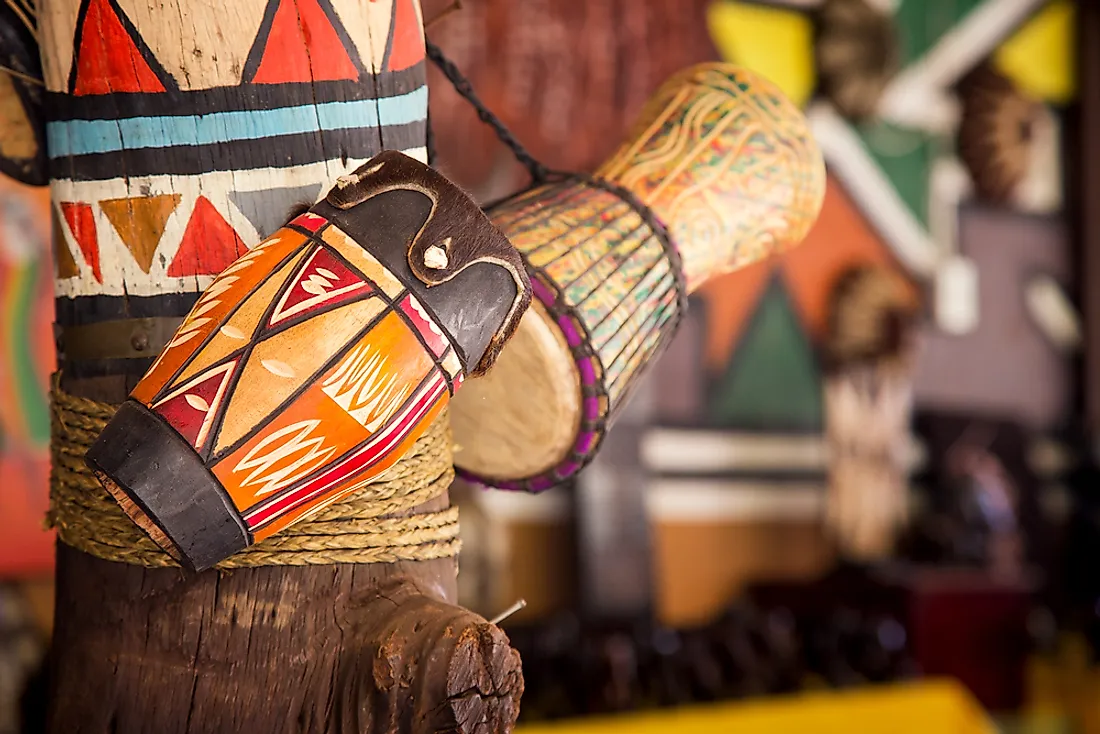South African Culture Today - The Facts
South African Culture Today - The Facts
Blog Article
South African Culture Today for Beginners
Table of ContentsAll about South African Culture TodayFascination About South African Culture TodayAbout South African Culture TodayOur South African Culture Today IdeasGetting The South African Culture Today To WorkWhat Does South African Culture Today Mean?
This adheres to with singing and drum beating. The groom and bride then satisfy with the seniors and discuss the value of their union. A matter of significance in Zambian villages is the diing of enjoyed ones. All members of the town placed cash, time and initiative with each other for the funeral of the deceased.During the mourning period; guys stay outside your house and the women stay inside your house of the deceased. After speaking about the deceased, the town strolls to the location of burial to claim their last bye-byes. Songs and dance is a really crucial facet of the Zambian society. The different tribal devices have their own dancing kinds; nonetheless, makishi prevails amongst all people.
The Greatest Guide To South African Culture Today
When it pertains to music, drums are utilized the most, with a variety of drumming ceremonies. In Zambia, majority of individuals are Christian; Protestant and Roman Catholic. There are little groups of Muslims and Hindus, with the remainder complying with neighborhood native tribal ideas.

South African heritage and society is immensely varied, and contains several teams of individuals that each have their own traditions and beliefs. Having such a variety of individuals and societies is what makes South Africa so distinct. In truth feeling of the phrase, we are a rainbow country.
South Africa has around three hundred thousand Portuguese people residing in it. Making it the 7th on the listing of countries with the most Portuguese people in it outside of Portugal. Portuguese is not just a culture, yet it is likewise a language and a nationality. Portuguese individuals stem from the country of Portugal in Europe, nevertheless, because of Portugal (like lots of other nations in Europe) exploring the globe and conquering other countries during the 15th 20th centuries, South Africa has what we call Portuguese South African's living in it.
Not known Factual Statements About South African Culture Today
Among the famous attributes of the topography is a plateau that covers almost 2 thirds of the center of the nation. The plateau facility rises toward the southeast, where it climaxes in the Drakensberg variety, part of an escarpment that separates the plateau from the seaside areas. The Drakensburg consists of Champagne Castle, the highest possible top in the nation.
The region north of the Witwatersrand, called the bushveld, inclines downward from eastern to west towards the Limpopo River, which forms the worldwide border. The western section of the plateau, the middleveld, also descends in the direction of the west and differs in altitude between the highveld and bushveld. In between the Drakensburg and the eastern and southerly coastline, the land comes down to the sea.
Nearer the coast there is a low-lying level called the eastern lowveld. Southwest of the plateau the nation comes to be progressively more dry, providing means to the stony desert of the Great Karroo, bordered on the east by the lower, better sprinkled plateau of the Little Karroo. Dividing the completely dry southerly interior from the sandy littoral of the southerly shore and West Cape is another variety, the Langeberg.
The smart Trick of South African Culture Today That Nobody is Discussing
The nation's racially, ethnically, and politically separated background has actually generated national and subnational symbols that still operate as signs of the country, and others symbols that are approved only by specific groups. The monoliths to white inhabitant occupation and political prominence, such as the Afrikaner Voortrekker ("pioneer") Monolith in Pretoria and the Rhodes Monument recognizing the British colonial empire builder and Cape head of state Cecil Rhodes, stay sectarian icons.
The very first modern-day inhabitants were the San ("bushman") hunter-gatherers and the Khoi ("Hottentot") individuals, who rounded up livestock (South African culture today). The San may have been existing for countless years and left proof of their existence in hundreds of ancient cavern paintings ("rock art"). Bantu-speaking clans that were the forefathers of the Nguni (today's amaZulu, amaXhosa, amaSwazi, and vaTsonga peoples) and Tswana-Sotho language teams (today's Batswana and Southern and Northern Basotho) migrated below east Africa as early as the fifteenth century

The two previous republics of the Orange Free State and Transvaal (South African Republic) were developed by Afrikaner inhabitants that beat and dispossessed the Basotho and Batswana. Lesotho would have been forcibly integrated right into the Orange Free State without the expansion of British protection in 1869. The best marriage of Visit Your URL the nation arised from the South African Battle (18991902) in between the British and the two Afrikaner republics, which reduced the nation to ruin at the beginning of the twentieth century.
Afrikaners historically considered themselves the just true South Africans and, while granting complete citizenship to all residents of European descent, denied that standing to people of color till the autonomous shift of 1994. British South Africans preserve a feeling of cultural and social connection to Great Britain without deteriorating their identification as South Africans.
Unknown Facts About South African Culture Today
The variety and fragmentation within ethnic collections and the balance of stress between those teams during the twentieth century prevented interethnic civil problem. While intergroup tensions over sources, entitlements, and political dominance stay, those conflicts are as likely to pit Zulu versus Zulu as Zulu against Xhosa or African versus Afrikaner.
From colonial India, British merchants and administrators brought the curved metal ornamental roofs and slender shoelace work pillars that still epitomize the terraces of cottages in the areas and cities throughout the nation. Holy places contribute a crucial architectural facet even in the tiniest communities. Along with the soaring steeples and timeless stonework of Afrikaans Dutch Reformed churches, Anglican churches, synagogues, mosques, and Hindu shrines provide range to the religious building scene.

Slaughtering and the developing of traditional grain beer are vital in securing the engagement and a good reputation of the forefathers that are thought about the guardians of good ton of money, prosperity, and wellness. visit the site Indian neighborhoods preserve their indigenous culinary customs and use them on Islamic and Hindu routine and ritualistic occasions. Afrikaners and Coloured people gather at weekend breaks and unique celebrations at multifamily barbeques called braais, where community bonds are enhanced.
Due to the fact that this was the key economic venture of both black Africans and white colonists, dispute between those teams centered on the possession of grazing land and animals. In 1867, the biggest diamond deposits worldwide were discovered at Kimberley in the west central area. The wide range from those fields assisted finance the exploitation of the greatest gold coral reef in the globe, which you can try here was found on the Witwatersrand in 1886.
Not known Incorrect Statements About South African Culture Today
This caused misconceptions and purposeful misrepresentation in the dealings of white inhabitants and government authorities with African chiefs throughout the colonial duration (South African culture today). In the establishment of African reserves, some facets of communal and mainly "tribal trust fund" land tenure were maintained, and even in white backwoods, forms of communal tenure were still practiced in areas with African communities
After the autonomous transformation of 1994, programs for land restitution, redistribution, and reform were instituted, yet progress has actually been slow-moving. The white minority still manages eighty percent of the land. Following agricultural land invasions in Zimbabwe, the Division of Land Affairs has actually vowed to speed up land redistribution.
Report this page